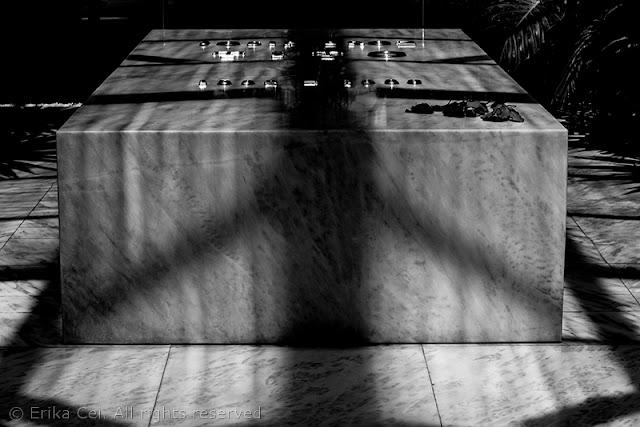"Mi smo Titovi" is the sign that welcomes you at caffe Tito in Sarajevo. It literally means "We are Tito's" and underlies a feeling that here and there, in former Yugoslavia, hasn't totally disappeared yet: a sense of belonging to an idea of society, whose symbol was Josip Broz (Tito) himself, the communist leader of the multinational yugoslav partisan movement during World War II, the President of Yugoslavia from 1953 to 1980, the co-founder and chief leader of the Non-Aligned Movement.
Many people who I met, especially in Bosnia and Hercegovina, say that when Tito was alive, things were better, compared with the war period and with today's one, when free trade and deregulation make wild sex in all the six countries that made up the Socialist Federal Republic of Yugoslavia (SFRY). People say that those times anybody had a job, anybody had a house, anybody could go to school and university; there was one big united country and not six small ones and there was peace; nationalism and religion were secondary issues. Then things changed, from many points of view, starting from the war and continuing with the present economic situation (Click here to read some brief evaluations about Bosnia and Hercegovina).
In a few words Tito represents the symbol of a unified country where people could live in peace and where social rights (education, social assistance, health assistance) were granted to all.
Was the SFRY a democracy? Before you answer that, please define "democracy", take a look at Italy or another UE country and decide whether a regime of social inequality, social injustice and class privileges can be considered democratic.
As far as I'm concerned, I was really moved at Tito's grave in Belgrade, as I was at Che Guevara's one in Santa Clara, three years ago. Rest in peace, both of you.
That's all.
p.s. pics where taken (in alphabetical order) in: Bijeljina, Belgrade, Sarajevo, Trebević. They are intentionally mixed.
Many people who I met, especially in Bosnia and Hercegovina, say that when Tito was alive, things were better, compared with the war period and with today's one, when free trade and deregulation make wild sex in all the six countries that made up the Socialist Federal Republic of Yugoslavia (SFRY). People say that those times anybody had a job, anybody had a house, anybody could go to school and university; there was one big united country and not six small ones and there was peace; nationalism and religion were secondary issues. Then things changed, from many points of view, starting from the war and continuing with the present economic situation (Click here to read some brief evaluations about Bosnia and Hercegovina).
In a few words Tito represents the symbol of a unified country where people could live in peace and where social rights (education, social assistance, health assistance) were granted to all.
Was the SFRY a democracy? Before you answer that, please define "democracy", take a look at Italy or another UE country and decide whether a regime of social inequality, social injustice and class privileges can be considered democratic.
As far as I'm concerned, I was really moved at Tito's grave in Belgrade, as I was at Che Guevara's one in Santa Clara, three years ago. Rest in peace, both of you.
That's all.
p.s. pics where taken (in alphabetical order) in: Bijeljina, Belgrade, Sarajevo, Trebević. They are intentionally mixed.
















Nessun commento:
Posta un commento